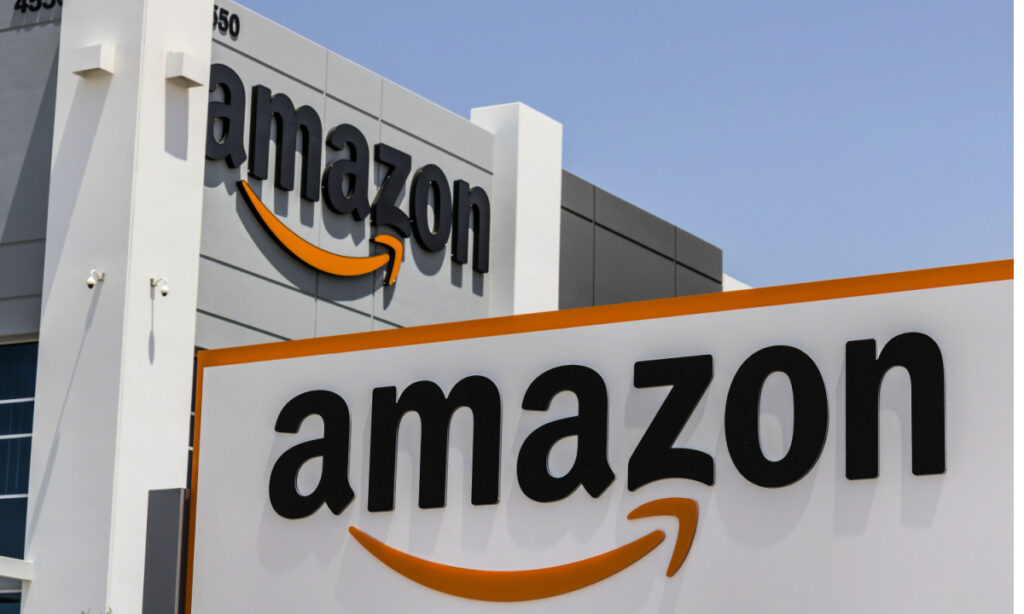
Amazon has recently increased prices on thousands of low-cost items, responding to tariffs announced by the White House. According to a report published on July 20, 2023, by the Wall Street Journal (WSJ), an analysis of nearly 2,500 products revealed that prices for approximately 1,200 of Amazon’s cheapest household goods have risen. In contrast, rival Walmart has lowered prices on similar items by almost 2%.
This price shift underscores the varying strategies that major retailers are employing amid ongoing tariff-related uncertainties. While Amazon committed in April to maintaining low prices, the WSJ’s findings suggest a different reality in the competitive landscape.
Amazon’s Response to Pricing Changes
Despite the price increases, Amazon has defended its pricing strategy. In a statement to the WSJ, the company argued that the products tracked by the newspaper do not accurately represent the overall pricing trends within its store. “We have not seen the average prices of products offered in our store change up or down appreciably,” Amazon stated. The company emphasized its commitment to providing low prices, asserting that it is not merely about relative percentage changes but rather about delivering value to customers.
Interestingly, manufacturers of several items that saw price hikes on Amazon indicated that they had not increased the prices charged to retailers. The report noted that domestically-manufactured goods, such as “Made in U.S.A” Campbell’s soup, experienced price increases. For instance, a stackable metal basket from Dayglow LLC, based in Ohio, rose from $9.31 to $19.99 by mid-April following the tariff announcements.
Broader Retail Landscape and Consumer Behavior
The situation surrounding Amazon reflects a broader transformation within the retail sector. According to a recent report from PYMNTS, the current financial mood is cautious due to factors such as resumed student loan payments, elevated mortgage rates, and inflation. The report highlighted that more than 80% of consumers are taking steps to mitigate the financial impact of tariffs on their budgets.
Furthermore, the average individual is reportedly making nearly five behavioral changes in response to the price pressures caused by tariffs. A substantial 44% of consumers have already altered their shopping habits, demonstrating how deeply these economic factors are influencing purchasing decisions.
As younger generations, particularly Gen Z and younger millennials, emerge as significant market players, they are driving new expectations around shopping. This demographic is more tech-savvy and values-driven, demanding personalized experiences and seamless integration between online and offline shopping.
The retail landscape is evolving, and companies like Amazon must navigate the complexities of pricing strategies and consumer expectations while adapting to external pressures like tariffs. The evolving dynamics are likely to have lasting implications for how retailers operate and engage with consumers in the future.







